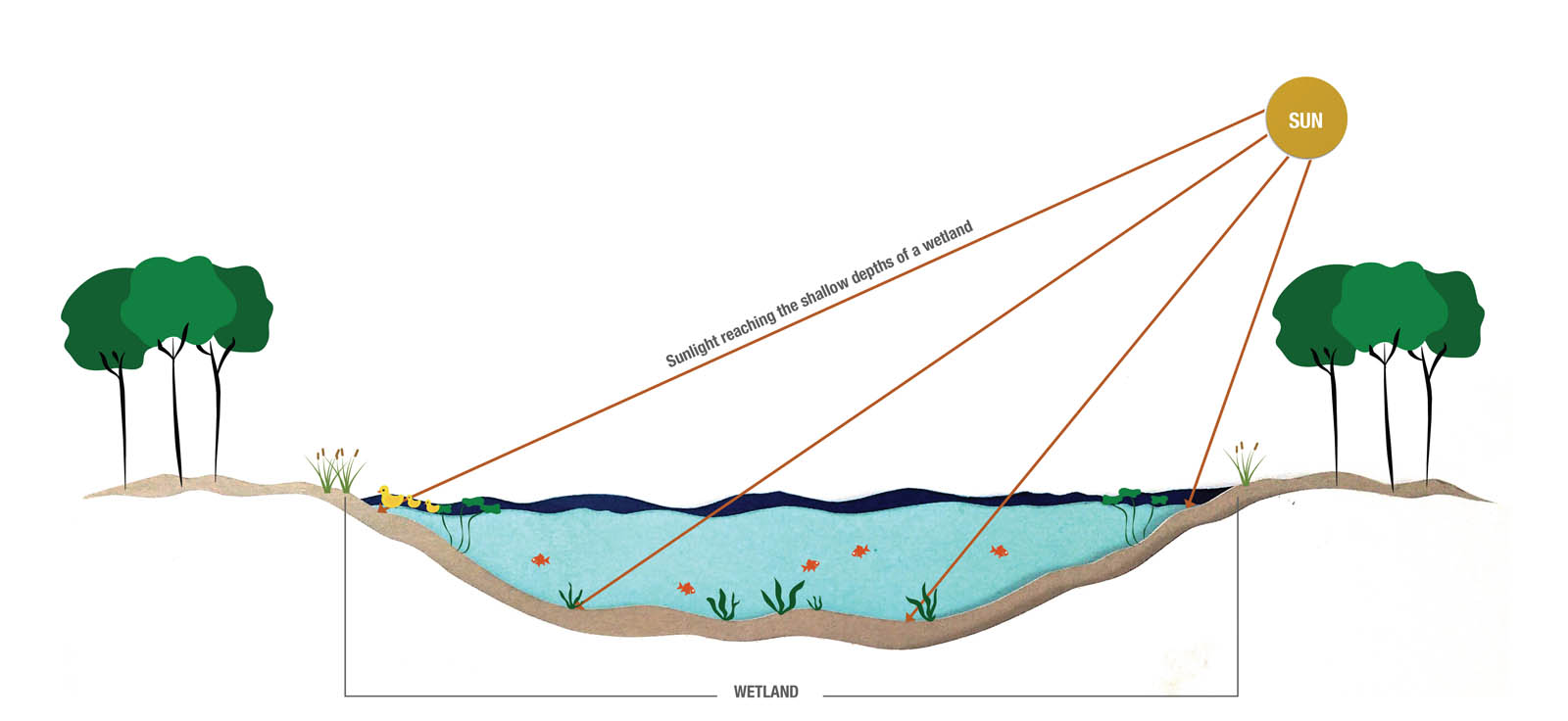WHAT IS A WETLAND?
According to the Ramsar Convention on Wetlands , wetlands are “areas of marsh, fen, peatland or water, whether natural or artificial, permanent or temporary, with water that is static or flowing, fresh, brackish or salt, including areas of marine water the depth of which at low tide does not exceed six metres.”
Wetlands are diverse in terms of how they form, their geographical location, the biodiversity that thrives in and around them, the nature of soil around/beneath them and in the various ways in which they function. They not only support innumerable plant and animal species but are also indispensable for humans, whose water requirements are in one way or the other met by these systems.
In India, wetlands include most of the natural water bodies - lakes, coastal lagoons, mangroves, peat land and coral reefs. There are also numerous manmade wetlands in our country such as ponds, farm ponds, irrigated fields, sacred groves, salt pans, reservoirs, gravel pits, sewage farms and canals.








